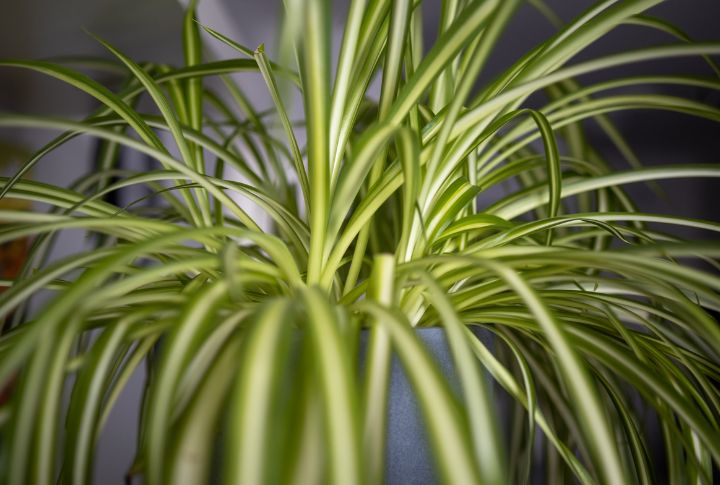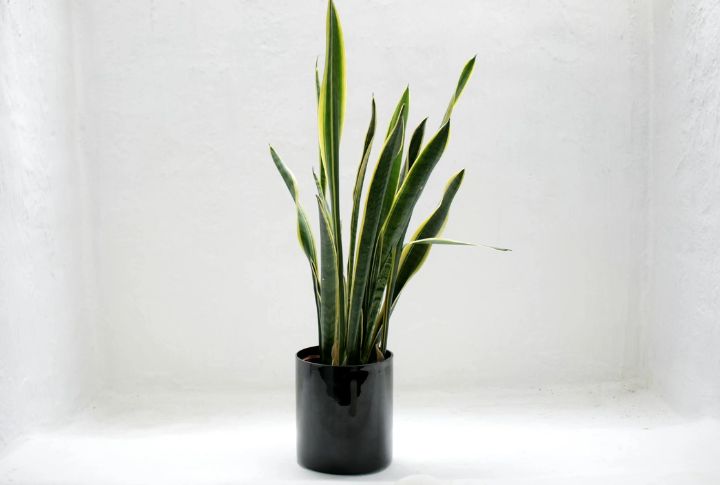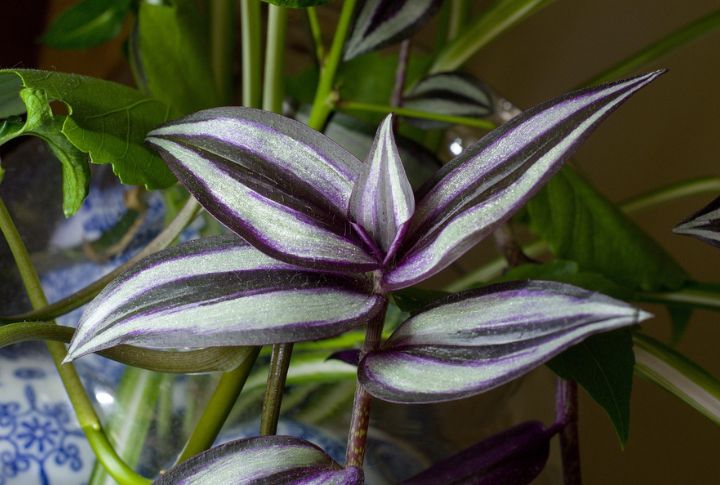
Starting a new houseplant shouldn’t feel like a science experiment. If you’re stepping into the world of propagation, these ten beginner-friendly plants are the perfect place to start. All you need is a clean snip, a little patience, and a bit of curiosity. Let’s grow these plants.
Pothos

A single vine of pothos can launch an indoor jungle. Clip a segment below a node and place it in water. Roots appear within days. With minimal effort, this low-maintenance favorite rewards you with endless trailing greenery that’s nearly impossible to mess up, even on your first try.
Spider Plant

Instead of typical cuttings, spider plants give you tiny “babies” ready to go. These offshoots, or pups, form on long stems and come pre-equipped with root nubs. Snip one off, set it in soil or water, and it’ll settle into its new home in no time.
Snake Plant

Propagating a snake plant takes patience, but it’s a low-stakes process. Cut a sturdy leaf into several horizontal pieces and press them upright into moist soil. Eventually, new growth emerges near the base—slow but satisfying. This sculptural plant can handle neglect like a champ once established.
Wandering Dude

Tradescantia zebrina, better known as Wandering Dude, roots almost instantly. Its striped, purple-green foliage adds a splash of color to shelves or windowsills with zero stress. Clip a piece with a few leaf nodes and place it in water. Then, watch roots sprout within a week.
Coleus

Loved for its neon leaves and quick rooting, coleus is a propagation superstar. Cut a non-flowering stem, remove the lower leaves, and dip it in water. You’ll likely see roots in a few days. An ideal choice for beginners looking to incorporate bold, colorful foliage into their indoor spaces.
Begonia

Begonia plant follows a quirky method, but it is a total confidence booster when it works. Unlike most cuttings, many begonias root from a single leaf. Slice a mature leaf and press the veins into damp soil. Keep it humid and well-lit. Tiny new plants form from the cuts.
Christmas Cactus

Break off a Y-shaped segment with at least two joints and let the cut end dry for a day before planting. This holiday bloomer prefers indirect light and well-draining soil. New roots form where the joints meet, turning your trimming into a future seasonal showstopper.
African Violet

Snip a single healthy leaf with a short stem attached and nestle it into moist soil at a slight angle. Given warmth and filtered light, tiny crowns begin forming at the base. This classic windowsill bloomer thrives on consistency and makes a charming beginner propagation project.
ZZ Plant

ZZ plants are slow rooters, but their thick stems hold moisture well. They take their time but are worth the wait. Slice off a leaflet or stem section and press it into damp soil. Once rooted, they’re nearly unkillable and happy in just about any light.
Chinese Evergreen

To propagate this popular office plant, take a stem with several healthy leaves and place it in water or a moist potting mix. Roots form at the cut base. Known for thriving in low light and high humidity, it’s a perfect candidate for stress-free expansion.

